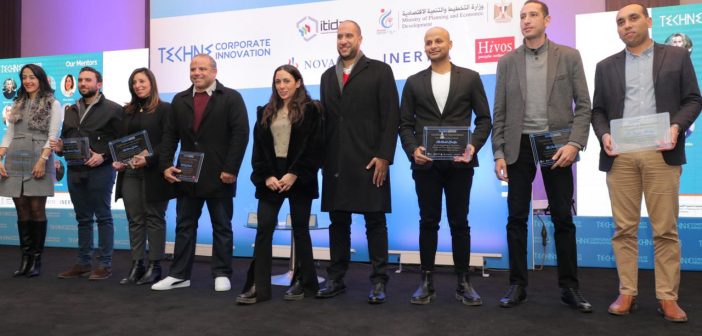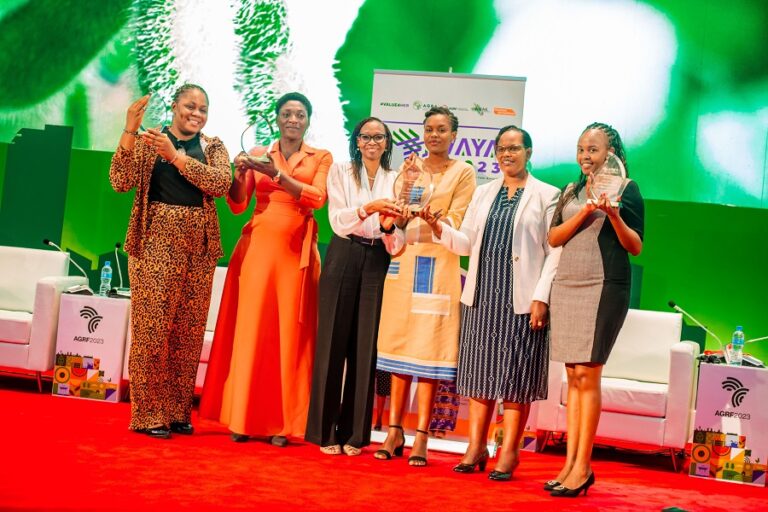The pandemic put a spotlight on the need to invest in women founders

Without a doubt, the COVID-19 pandemic created catastrophic effects in our communities, educational systems and, most importantly, our careers and overall global economy.
The pandemic has also had a disproportionate effect on women’s careers: We are 1.8 times more likely to be laid off than men. It is also important to note that the pandemic caused a significant rise in the need for at-home childcare services.
Women, traditionally expected to be homemakers, were twice as likely to leave their jobs than men in order to stay home, and data collected as recently as 2020 shows a significant decrease in venture capital funding for women-led startup companies.
In 2019, nearly 2.8% of VC funding was used to invest in women-led startups. While considered a relatively low statistic, this was an all-time-high investment rate for women. However, 2020 Crunchbase statistics revealed that the amount of VC funding that went toward women-led startups dropped to 2.3%. When viewed realistically, this “minor” setback actually delayed women’s progress in VC by five to 10 years.
Many women in venture capital know that waiting for opportunities to come is never as efficient as creating your own. As a seasoned investor, venture capitalist and founding partner, I have been presented with a variety of unique opportunities to invest in different industries and niches. While I have spent years creating my own opportunities in venture capital by raising and launching funds, I have found it impossible to ignore the impacts women in VC have faced throughout the course of the pandemic.
Prior to the pandemic, women were making consistent and tremendous strides in VC. As of 2019, women in VC made up nearly 12.4% of all decision-makers at venture capital firms in the United States, up nearly 3.5 percentage points from data collected in 2018. Despite the rise of women entering the VC workforce, not all women working in VC are allowed to make decisions at their firms. Out of 351 venture capital firms in the United States, only 34 firms had two or more women in decision-making positions, according to an Axios analysis.
Despite these obstacles, I believe there is a strategic and collaborative approach to creating more opportunities for women in the aftermath of COVID-19.
Venture capital is growing exponentially. For instance, Crunchbase statistics show that venture capital in my hometown of Houston, Texas, has tripled in value over the last four years. Investments went from $284 million in 2016 to nearly $800 million in 2021. This tremendous growth requires the support of diverse talents from all backgrounds in order to continue to build long-term, stable investments in the future.
As of 2021, only 6% of the VC industry is made up of women of Asian descent, such as myself, so I deeply empathize with the challenges and hardships associated with breaking barriers in VC.
I have made it my mission to empower and uplift individuals of all backgrounds, especially women. This ultimately led me to create a diverse team of seasoned experts, with 90% of those individuals coming from diverse ethnic backgrounds. By investing in a diverse team, we ultimately yield greater results in both revenue and diversity levels throughout VC.
When women venture capitalists are put in positions with decision-making power, they are actually twice as likely to invest in diverse, women-led founding teams or startups. Moreover, women have personal experiences that men often overlook. These experiences are incredibly valuable to women in VC because they allow us to further identify overlooked problems and understand market size. Additionally, women investing in women can increase the chances of a women-led firm building a record-breaking or category-defining company in the future.
In fact, a study conducted by Kauffman Fellows found that when women-led startups receive funding, they are more likely to deliver higher revenue rates at nearly twice the value of the original investment. Because women are told “no” more often than they are told “yes,” women are more likely to create stronger, more concrete business plans to execute their goals and strategies. Over the course of women’s careers, I have also found an increase in resilience, adaptability and innovation — all of which are extremely valuable traits when working in VC.
The Kauffman Fellows study also found that women founders or women in VC are twice as likely to hire women as employees for their startup companies. This study also stated that women are drawn to work for companies that focus on making a global impact or societal contribution, as well as building long-lasting relationships with their workforce.
The same study found that startups with both a female and male founder would be nearly six times as likely to hire female staff members.
However, it is important to note that the solution behind creating more opportunities for women in VC, even during a post-COVID society, does not come from merely supporting women-owned businesses, but from debunking the institutional and systemic myths, biases, prejudices and thinking patterns that prevent VC firms and men in decision-making roles from investing in women-led startups.
In order to accomplish this, the best approach would be to focus on human-centered business models. These models stand out because they tend to focus on fulfilling societal needs such as creating additional job functions, increasing employee satisfaction rates and creating a healthy work environment that supports and empowers employees through career advancement opportunities.
Venture capital is not a safe industry, by any means. It takes courage, empathy, intuition, determination and resilience to truly break through as an investor and become successful over time. Given the risky nature of VC, there is no way to know for sure what will bring success and profitability.
However, my own experience in VC has only proven that taking risks leads to further innovation and evolutionary strides. It’s time to take that risk on women and bet on a brighter future in VC.







